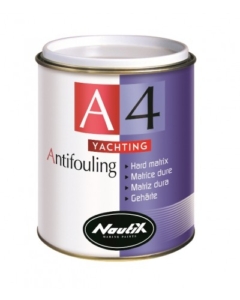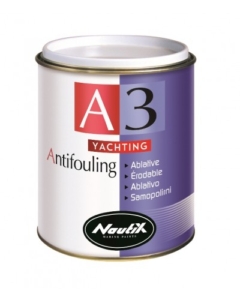ΚΑΤΗΓΟΡΙΕΣ ΠΡΟΙΟΝΤΩΝ
Λεωφ. Κηφισού 47, Αγ. Ι. Ρέντης
Αθήνα
Τηλ: +302104112521
email: info@marineshop.gr
www.marineshop.gr
ΣΥΝΔΕΣΕΙΣ
Νικ. Πλαστήρα 13, Καλαμαριά
Θεσσαλονίκη
Τηλ: +302310438730
email: thessaloniki@marineshop.gr
www.marineshop.gr

Marine Shop Newsletter

ΚΑΤΗΓΟΡΙΕΣ ΠΡΟΙΟΝΤΩΝ
ΣΥΝΔΕΣΕΙΣ
Λεωφ. Κηφισού 47, Αγ. Ι. Ρέντης
Αθήνα
Τηλ: +302104112521
email: info@marineshop.gr
www.marineshop.gr
Νικ. Πλαστήρα 13, Καλαμαριά
Θεσσαλονίκη
Τηλ: +302310438730
email: thessaloniki@marineshop.gr
www.marineshop.gr

Marine Shop Newsletter









